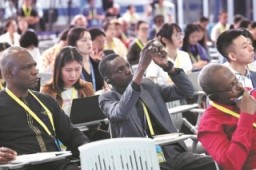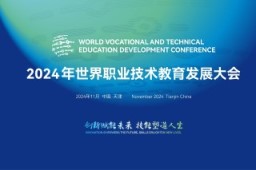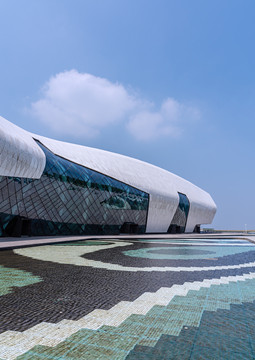Tianjin Updates
2025-12-02
Tianjin turns hub for green electricity trade
Since the launch of the national green electricity trading market in 2021, Tianjin, a port city in northern China, has seen its trade in renewable energy skyrocket from 12 million kilowatt-hours in 2021 to 17.3 billion kWh for this year.
read more- Tianjin Hospital hosts Malaysian orthopedic experts to deepen China-ASEAN medical exchange
- Environmental initiatives pay dividends for businesses big and small
- What makes 'The Summit of Tianjin' special?

Copyright ©? Tianjin Municipal Government.
All rights reserved. Presented by China Daily.
京ICP備13028878號-35









 Why Tianjin
Why Tianjin Investment Guide
Investment Guide Industry
Industry Industrial Parks
Industrial Parks





 Health
Health Visas
Visas Education
Education Sports and recreation
Sports and recreation Adoption
Adoption Marriage
Marriage



